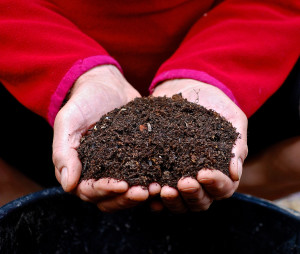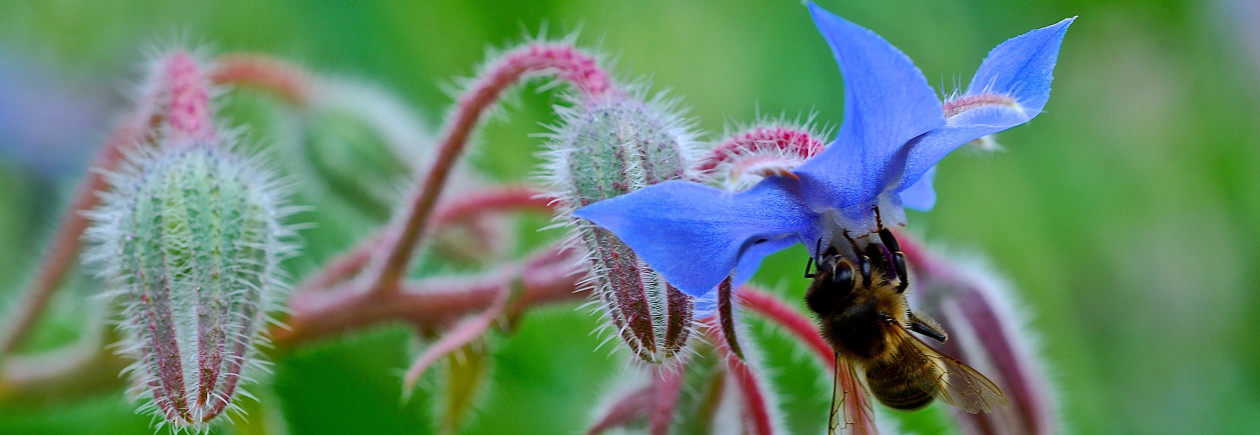There really can not be anything easier to do in the garden than make leafmould, yet the benefits are tremendous.What you end up with is stable humus. The properties and benefits of using leaf mold are plentiful
. “I view leaf mold as being as important as compost and mulch”.
Its beautifully simple,to make leafmould and you can just put the bags anywhere out of the way so unlike compost in compost bins which can be tricky its foolproof
Interestingly not all leaves break down at the same speed
The fastest are oak, beech or hornbeam
Thicker leaves like sycamore, walnut, horse chestnut, sweet chestnut, walnut do take longer
The Conifer needles take the longest time, they will eventually break down, but may take two to three years the great thing with them is they produce an ‘Acidic’ leafmoud which is useful for plants needing Ericaceous composts and perfect for blueberries 
For leaves like holly or laurel the best thing is to shred them up and add them to your compost heap as they take longer to decompose
The process of making leafmould uses bacteria and fungi and is a ‘cool’ process as they release enzymes which break down compounds in leaves
Leaf mold is not the same as compost.
Compost is produced by bacterial decomposition. Leaf mold is produced by fungal decomposition. Compost is hot, aerobic, and quick. Leaf mold is cool, slow, and can be produced with little oxygen. This means you don’t have to turn it. Where compost needs a variety of ingredients to attain the right carbon to nitrogen ration to feed the bacteria, leaf mold needs only the one ingredient-leaves. Leaves have a Carbon/Nitrogen ratio ranging from 80:1 to 200:1. There is some nitrogen available, but not enough to allow the bacteria population to explode.
One way to seed the process up considerably is to mow your leaves up as this shredding exposed much greater surface area for the bacteria to work on.When doing this empty the mown leaves out and repeat the process a couple of time to get the best results alternatively pass the leaves through a shredder
Minerals
“leaves of most tress contain twice the mineral content of manure…And they provide the perfect nutrition for beneficial microbes,simply they make soil come alive”.
NPK values of leaf mold are not particully high 2.2 – .8 – 1.6, depending on the tree species but what they do contain are minerals and trace elements.
The roots of all trees accumulate nutrients from deep underground and transported to the leaves. While the nutrients are drawn back into the tree before the leaves fall, most of the minerals remain as they are part of the leaf structure,thereby becoming available in the subsequent leafmould
Uses of Leafmould
Soil Conditioner
Leaf mold serves as a soil conditioner rather than a natural fertilizer. It primarily changes the structure of the soil rather than increasing nutrient levels substantially . Its the fungus, varies type’s of Mycorrhizal fungus grabbing onto soil particles help to bind loose soil, while at the same time the hyphae helps to break up compact soil. The natural growth habit of the fungus will move from the leaf mold to the surrounding soil in all dimensions. Start with a small area of leaf mold, end up with a greater volume of better soil. Leaf mold will continue to break down until the only thing left is stable humus which will remain in the soil for decades to centuries, taking a fire to destroy it. Until then, the leaf mold is rich in organic components: humic acids, carbohydrates and lipids. It is complex and impossible to manufacture. As the foundation of the soil ecosystem, there is nothing better and its free.
Water retention
I’ve read research that leaf mold will hold several times it’s weight in water, upto 4.5 infact and this makes it a invaluable additive on fast draining soils but also for crops likely to ‘bolt’ if the ground drys out to quickly,crops like Lettuce,Rocket and various Herbs
Potting Composts
well-rotted leafmould makes a perfect component in home-made potting compost. It is gentle on seedlings, enabling them to develop a good root system, and is also perfect mixed with grit or sharp sand for bulbs like the lilies to grow in terracotta pots, I also mix it with sieved soil, well rotted and sieved garden compost and sharp sand for our normal potting compost.
For seeds sowing a ratio of 2:1 leafmould /compost
For transplanting seedlings I use 2:2:1:1 leafmould, compost, soil, vermiculite
Large pots for permanent planting 1:1:1:1 Leafmould,compost,soil,sharpsand

